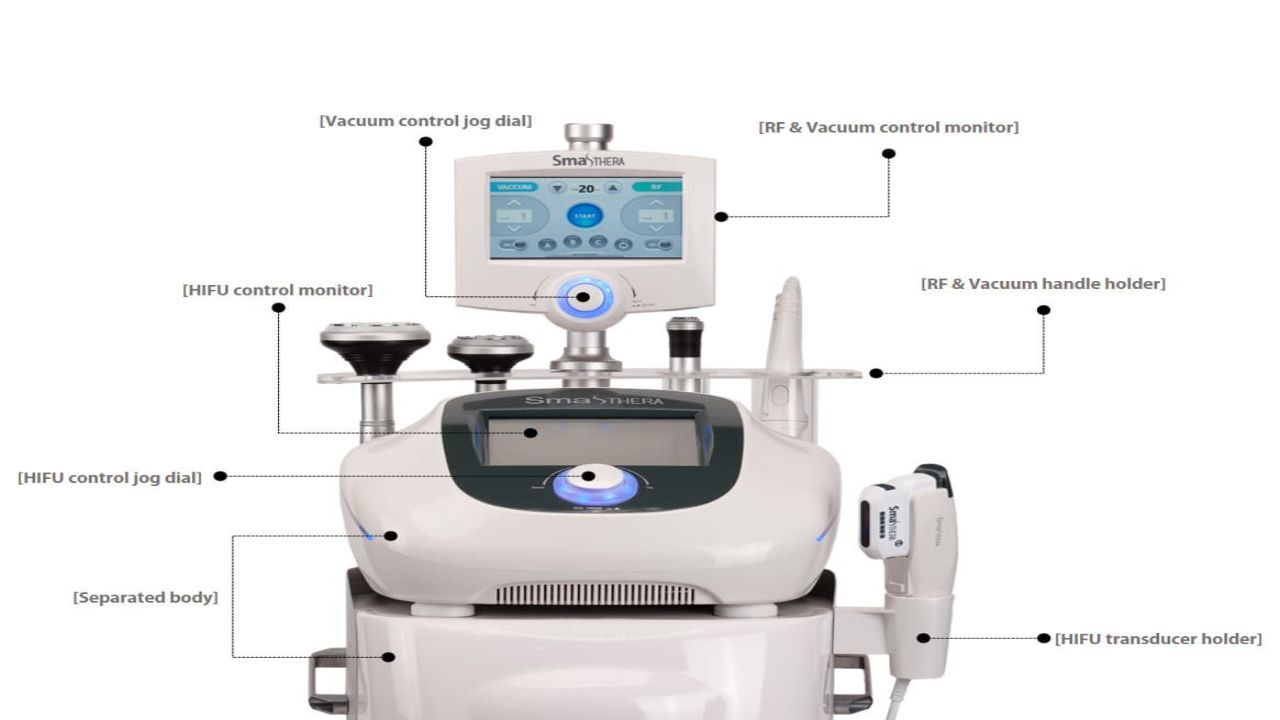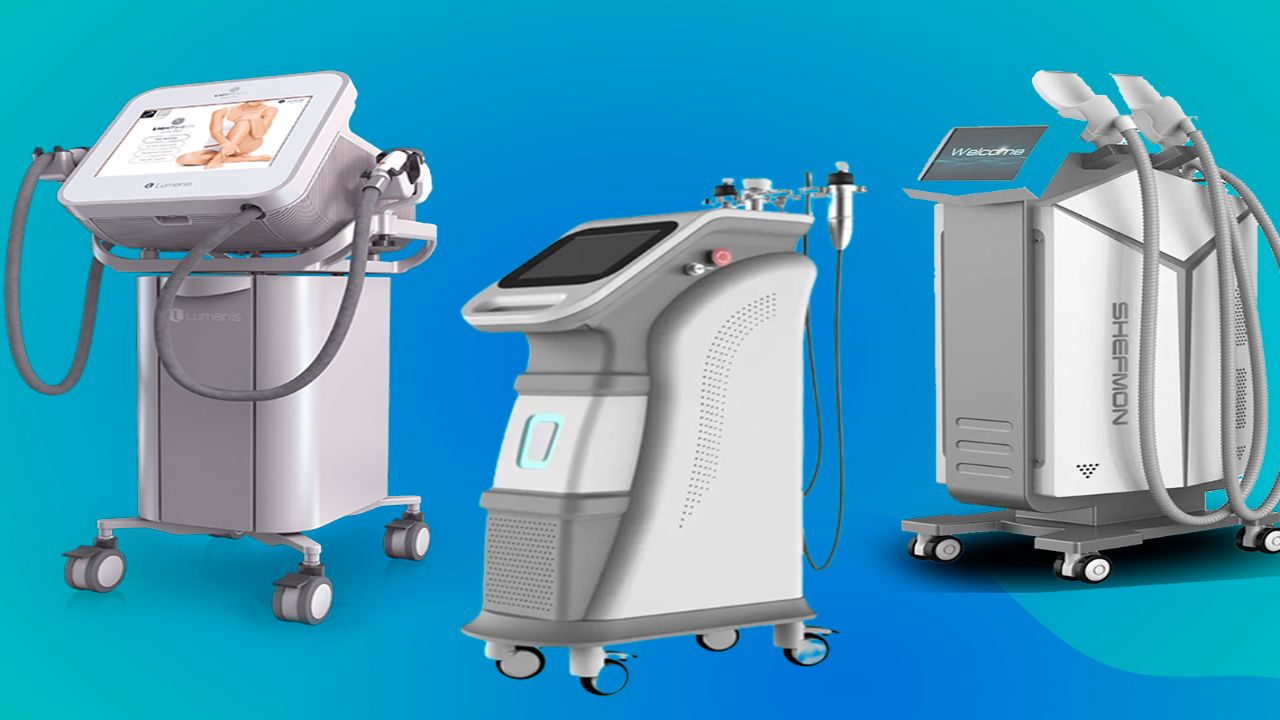The High-Intensity Focused Ultrasound (HIFU) technology has emerged as a revolutionary method in the medical field, particularly in non-invasive treatments. As this technology gains popularity, it’s essential to delve into the logistics that drive the production and delivery of HIFU machines. From the meticulous manufacturing processes to the intricacies of transportation, each step plays a crucial role in ensuring these cutting-edge devices reach medical facilities worldwide.
Crafting HIFU Machines

At the heart of HIFU technology lies the intricate process of manufacturing HIFU machines. The creation of these devices demands a meticulous approach, with precision being the guiding principle. With the increasing popularity of HIFU in Singapore and many other countries, attention to detail is paramount, as any deviation could impact the functionality of the machine. The components, ranging from transducers to control units, undergo a series of carefully calibrated processes. Manufacturers employ state-of-the-art techniques to guarantee the highest quality, adhering to stringent standards to meet the exacting requirements of the medical community.
Stringent Quality Assurance
Quality assurance is not just a checkpoint but an integral part of the HIFU machine manufacturing process. Rigorous testing protocols are implemented to ensure that each unit meets the highest standards of efficacy and safety. These tests involve simulated treatments and performance assessments to validate the reliability of the machines. Manufacturers prioritize these measures to instill confidence in healthcare professionals who rely on HIFU technology for various medical procedures, from tumor ablation to cosmetic applications.
Logistics in Transit

Once the HIFU machines are crafted and quality assured, the next challenge lies in their transit from manufacturing facilities to medical institutions around the world. Navigating the intricate global supply chain demands a strategic approach. Logistics experts meticulously plan routes, considering factors such as customs regulations, transportation modes, and potential obstacles. The goal is not merely to transport the machines but to ensure they arrive in pristine condition, ready for immediate deployment in medical settings.
Customs Compliance
The global distribution of HIFU machines necessitates compliance with diverse customs regulations and international trade laws. Successfully overcoming these regulatory hurdles requires a deep understanding of the legal landscape. Manufacturers work closely with customs experts to streamline the customs clearance process, ensuring that HIFU machines can seamlessly traverse borders. This meticulous approach not only expedites delivery but also avoids unnecessary delays that could impact medical facilities awaiting these advanced devices.
Providing Training and Support
The journey of HIFU machines doesn’t conclude with delivery; it extends to providing comprehensive support to end-users. Medical professionals need to be well-versed in operating these sophisticated devices to maximize their potential. Manufacturers take a client-centric approach by offering training programs and ongoing support. This ensures that healthcare practitioners can harness the full capabilities of HIFU technology, providing optimal care to their patients.
In conclusion, the logistics of HIFU machines involve a meticulous journey from precision manufacturing to global distribution and client-centric support. The seamless integration of these processes is imperative to meet the rising demand for HIFU technology in the medical field. As technology continues to advance, understanding and refining the logistics behind HIFU machines will play a pivotal role in shaping the landscape of non-invasive medical treatments.
